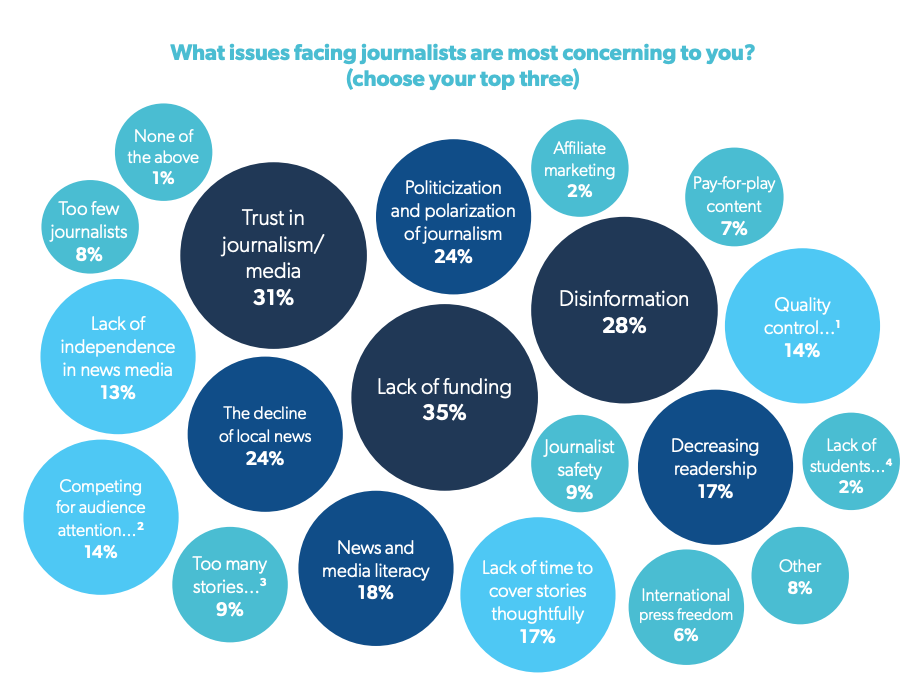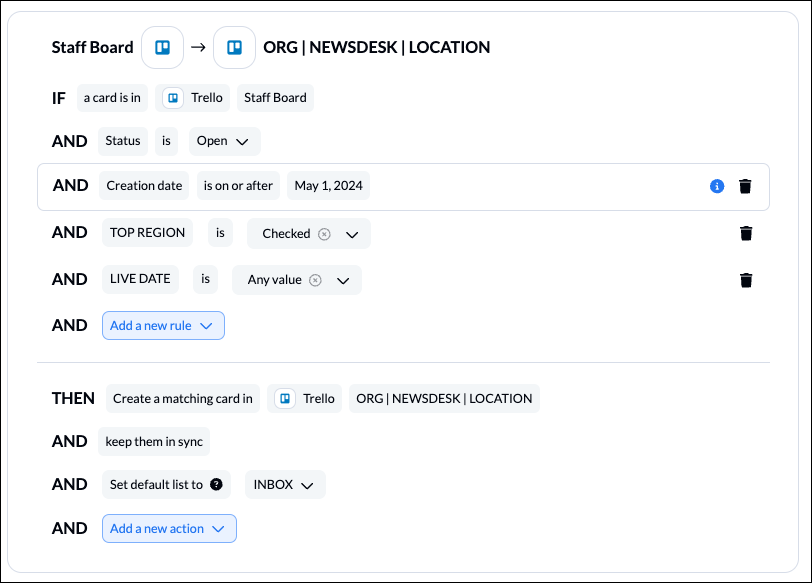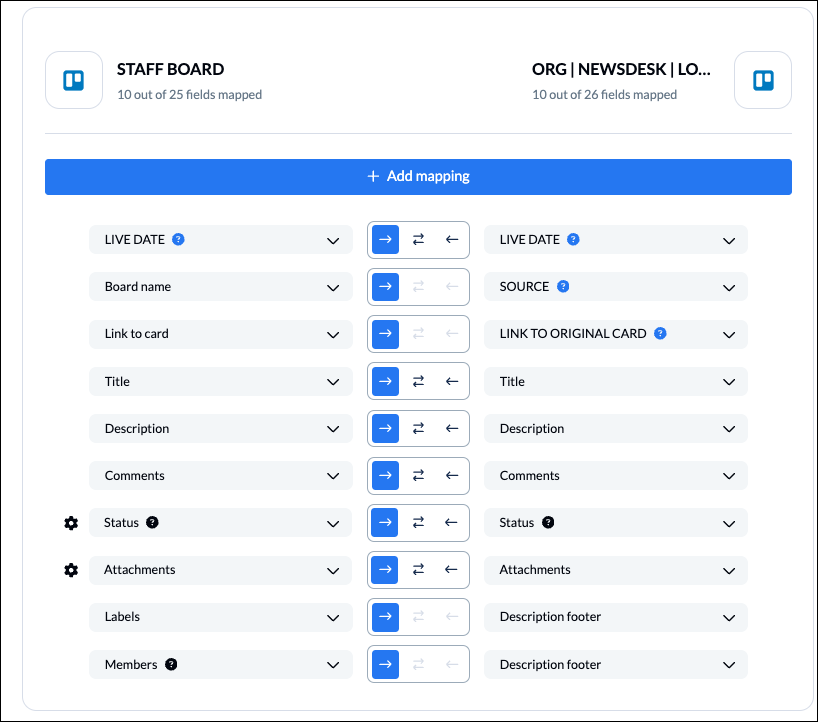Use case: Task Management
How a Global Media Organization Saves $1.2M Annually by Automating News Dispatching
This organization is a major player in the global financial news and information sector. They provide real-time data, analytics, and news coverage to businesses and investors worldwide. They operate a range of multimedia outlets including television networks, websites, and magazines focusing on business and economic analysis.
Results with Unito
$1201200
USD saved per year
18200h
saved per year
Company Details
Industry
Media & Finance
Location
United States
Employees
20000
Use case
According to Muck Rack’s 2024 State of Journalism report, 22% of journalists produce 11 stories per week, while another 22% produce 5-7. So what happens when journalists are forced to become content machines? With another 64% of journalists interviewed also stating that they work more than 40 hours per week, you’ve got a recipe for burnout, to say the least.
Churning out stories (can we call it, churnalism?) instead of taking the time to craft them carefully can lead to all sorts of issues for the newsdesk – especially if inaccurate details get published by mistake. Misinformation can easily harm a journalist’s reputation, the news outlet’s reputation, and there’s always the risk of libel or a defamation lawsuit.

So the key to avoiding those kinds of issues is for organizations to focus on strong newsdesk dispatching fundamentals and practices. That includes keeping the lines of communication clear between staff, including the newsdesk, reporters, photographers, camera technicians, and editors. It also means keeping everyone up-to-date on evolving situations with the help of a centralized tool or communication system for sharing information.
That’s exactly how an enterprise-level media organization now manages their newsdesk dispatching with Unito’s 2-way Trello integration to mitigate the challenges described above.
The challenge: how to sync stories at scale?
The media organization has offices around the globe with approximately 20,000 employees, several thousand of whom are involved in newsdesk dispatching to some extent. That includes journalists, newsroom staffers, dispatchers, editors, producers, etc. The org has 50+ specialized teams who were using decentralized Trello boards to manage their work before integrating them together.
That led to publishing delays, hindered collaboration on breaking news stories, and significant amounts of time wasted on manual processes. Just imagine if 5,000 people wasted even only 30 minutes per week in this way, that adds up to 130k hours per year wasted trying to catch up on redundant tasks alone. And, unfortunately, 30 minutes could easily be a conservative estimate depending on the organization. If you were to pay those 5,000 people an average rate of $50 per hour, you’d be looking at $6.5 million USD wasted annually.
The solution: integrating operations with 2-way sync
Department leads in the media organization implemented Unito Sync Platform for enterprise to align those disconnected Trello boards and sync hundreds of thousands of cards across local and regional content teams. News dispatchers could create a single card in one board and send it out to as many others instantly as they needed.
Stories were then automatically synced to centralized editorial boards, making selection and publishing a much more streamlined process. The editors could review news story data in each card and provide feedback to each team directly from their editorial Trello board. That means they didn’t have to bother jumping between multiple Trello boards to find specific cards to share feedback.

Each workflow was then further customized to match each team’s unique story escalation procedures.

The key for this user? Creating a Trello master board:
The results: untold hours earned back and operational costs cut
- $1.2 million in operational cost savings annually by eliminating manual work and complex coordination.
- Teams gain an estimated 350 hours back per week, boosting productivity and responsiveness to breaking news.
- Journalists can focus on core work, trusting Unito’s automated escalation processes.
So remember that scenario we described above regarding 30 minutes lost per day? Well, in this case we decided to make our internal calculations even more conservative to scale that number back to just under 5 minutes lost per person, per week. So for this organization, our data team estimated that their newsdesk dispatching teams managed to save approximately 350 hours week and $1.2 million in operational costs per year.
As a result, they can focus on core work: finding the details that matter, fact checking, telling the story accurately, and anything else that isn’t tracking down lost Trello card data. In other words, journalism.




